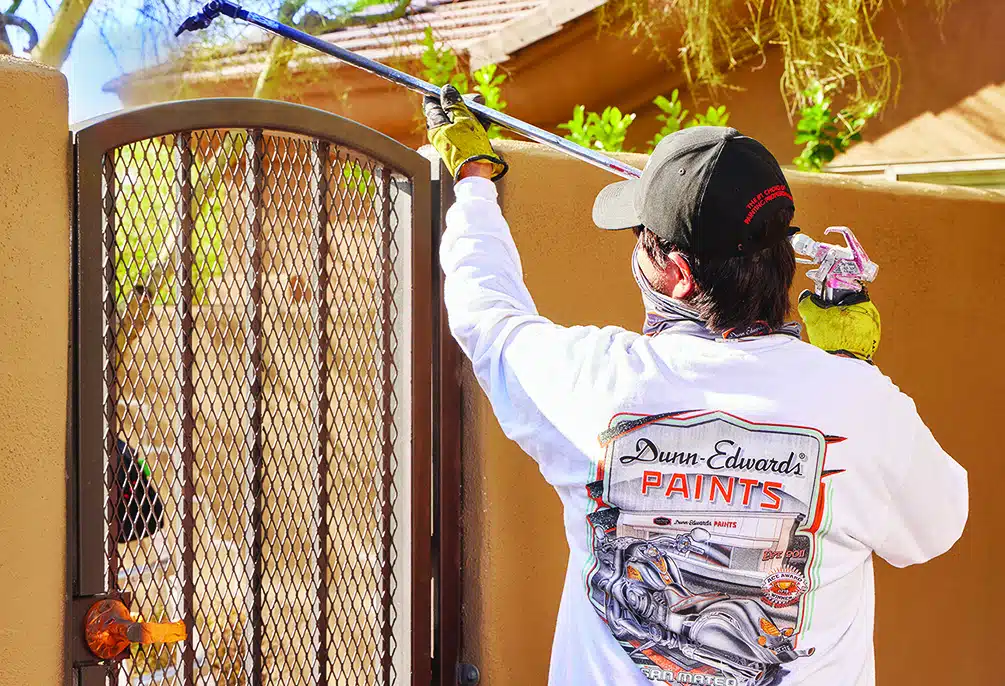Back to School – Can Certain Colors Make Kids Smarter?
Dunn-Edwards Paint's Color Expert Suggests the Best Shades for Learning
LOS ANGELES (September 18, 2013) Yes, it's true…certain paint colors can enhance learning. While parents may not have much control over the colors in their kids' classrooms, they can certainly make sure the study area in the home is conducive to learning. Dunn-Edwards, a leader in ultra premium, low and Zero VOC paints, provides paint for thousands of schools and universities throughout the Southwest, often consulting on color.
“The best palette is a range of colors using lighter hues with deeper accents to provide a stimulating environment,” explained Dunn-Edwards color expert Sara McLean. “For example, a softened, sage green paired with a pop of orange catches the eye without being overwhelming. Creating a monotone color scheme tends to not work for children, as the lack of color doesn't engage the senses.” She points out that nature-based greens create an atmosphere of calm and restfulness, therefore, easier places to study and learn.
Productivity or creativity? Choose your paint color. Softened yellows are cheery and warm, and if not too bright, yellow can assist in productivity. Blues tend to be spa-like and restful, and reminders of oceans and tranquility; studies have shown that blue rooms assist in more creativity. Violets and softened lavenders also are shown to engage children in increasing their creative senses.
Young children tend to be attracted to warm, bright colors. “Parents and teachers can see that just by looking down the toy aisles and looking at the brighter toys for young age groups. As children age, they grow to an interest towards pastels in elementary school to brighter medium-cool colors in middle school,” McLean points out. “In high school, darker colors are preferred and there is less preference for primary colors.”
If parents have any input on colors in school rooms, opt for blues, greens, violet and turquoise. “Classrooms should incorporate a variety of colors to reduce the monotony and increase mental acuity. Warm colors tend to make large spaces feel more intimate, while cool colors make smaller rooms appear larger. By moderating the use between warm and cool, a classroom environment can make a child feel engaged without feeling overly stimulated,” she added.
McLean is a member of the Color Marketing Group and editor of the Dunn-Edwards specs+spaces® design blog. Her resources for this article include professional seminars at NeoCon, the world's largest international trade show for the commercial design industry, the International Center for Leadership in Education, various university white papers and input from manufacturers of educational furnishings such as Steelcase. Here are some of her color palette suggestions for enhanced learning:
Paint experts available for interview
Color and design trends
Environmental issues
Technical product specs
Paint and prep problem solving






